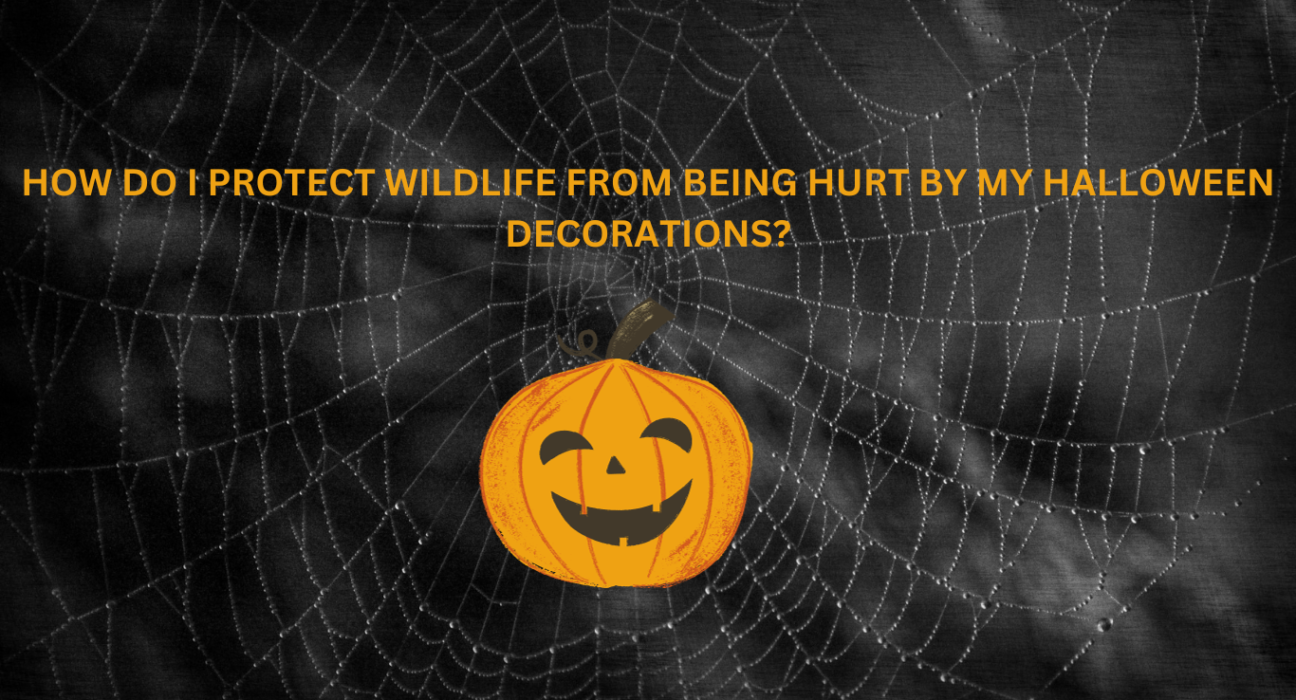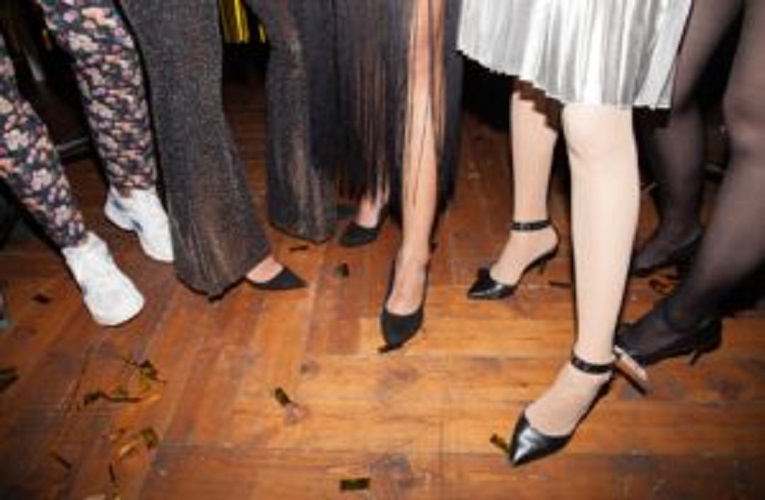How Do I Protect Wildlife From Being Hurt by My Halloween Decorations?

As Halloween approaches, the excitement of decorating our homes and yards with spooky and creative decorations fills the air. From eerie cobwebs to ghoulish ghosts, we all want our homes to be the talk of the neighborhood.
In our enthusiasm for the vacation, we often overlook the potential harm that our Halloween decorations can pose to wildlife. This blog aims to shed light on the issue and provide practical tips on how to protect wildlife from being hurt by your Halloween decorations.
The Dark Side of Halloween Decorations
Halloween decorations, though fun and thrilling for us, can be hazardous to wildlife in several ways:
- Entanglement: Decorative items like string lights, fake spider webs, and hanging skeletons can easily entangle birds and small mammals, leading to injury or death.
- Ingestion: Some decorations, particularly those made of plastic, can be mistaken for food by curious animals. Ingesting these materials can be fatal.
- Disturbance: The loud noises and flashing lights associated with Halloween celebrations can disrupt the sleep patterns and daily routines of nocturnal animals, causing stress and potentially endangering their well-being.
- Chemical Exposure: Certain decorations may contain toxic substances that are harmful when ingested by animals.
- Fire Hazards: Jack-o’-lanterns with candles inside can be a fire hazard for both wildlife and your property. Wildlife can be drawn to the flames, resulting in burns or other injuries.
Now that we understand the potential risks, let’s explore ways to enjoy Halloween while keeping wildlife safe.
A. Choose Wildlife-Friendly Decorations:
When selecting Halloween decorations, opt for wildlife-friendly options. Choose decorations made from natural materials like paper or cloth, which will decompose harmlessly if they end up in nature. Avoid decorations made of plastic, as they are not biodegradable and can be dangerous if ingested by wildlife.
B. Secure Decorations Properly:
Ensure that all decorations are securely fastened and not easily accessible to wildlife. Use zip ties or twine to secure decorations in place, especially those hanging from trees or structures. This will help prevent decorations from becoming hazards that animals can get tangled in or ingest.
C. Keep It Well-Lit:
Instead of using open flames in jack-o’-lanterns, opt for battery-operated LED candles. Not only are they safer for wildlife, but they also reduce the risk of fire hazards. These LED lights provide the same spooky glow without the danger.
D. Avoid Loud Noises:
While Halloween is synonymous with spooky sounds, consider the impact on local wildlife. Keep the volume of your decorations, such as animatronics or sound effects, at a reasonable level. This will prevent undue stress on wildlife and avoid disrupting their natural behaviors.
E. Mind the Timing:
Limit the duration of your Halloween decorations and turn them off at a reasonable hour. This will allow wildlife to resume their regular routines without the added stress of continuous flashing lights or spooky sounds.
F. Clean Up After Halloween:
Once the Halloween festivities are over, be diligent about removing decorations promptly. Take down any string lights, fake spider webs, or other items that could pose a threat to wildlife. Properly dispose of decorations to avoid littering your yard or the surrounding area.
G. Educate Others:
Spread awareness about the importance of wildlife-friendly Halloween decorations within your community. Encourage your neighbors and friends to make responsible choices when decorating for the holiday The more people who are aware of the issue, the greater the positive impact on local wildlife.
H. Support Wildlife Conservation:
Consider donating to or volunteering with wildlife conservation organizations in your area. These groups work tirelessly to protect and rehabilitate injured wildlife. Your support can significantly impact their efforts to care for animals harmed by various human activities, including holiday decorations.










